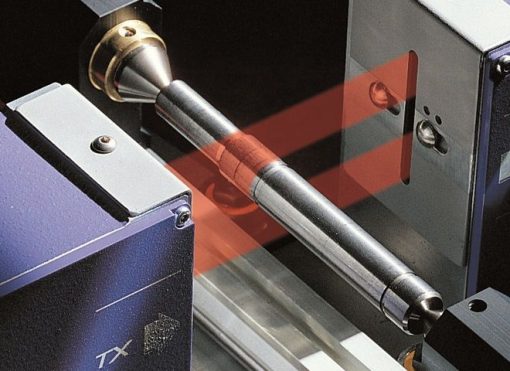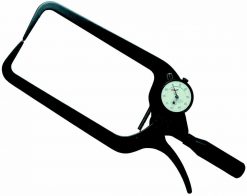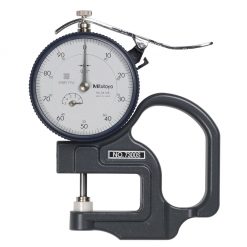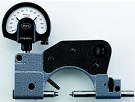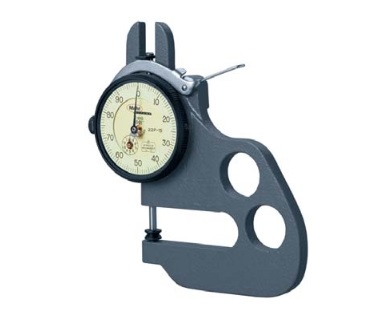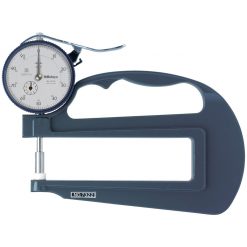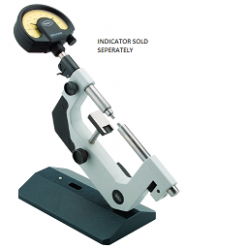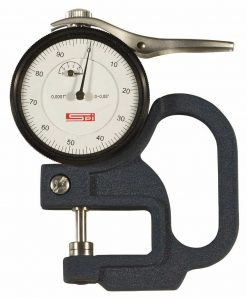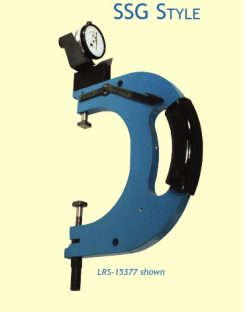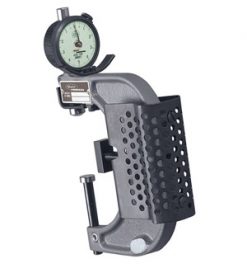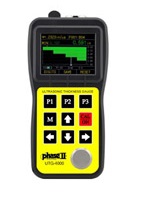The Xactum XLS40, XLS80 and XLS 150 Laser Micrometers are extremely accurate and repeatable measuring instruments.
Wide measuring field: 40, 80, and 150 mm
Any part can be measured, without precise positioning inside the measuring field.
Meclab 40 measurable diameters:
Any diameter between 0.06 mm and 38 mm can be
measured without the need of pre-setting the gauge.
Excellent linearity: ± 0.5 μm. Every different diameter can be measured very accurately, without the need of recalibrating
the gauge on a specific master.
A calibration report is available on request for each gauge to document the factory calibration results.
Outstanding repeatability: ± 0.1 μm (±3s, 1 s measuring time, 1200Hz scanner).
This excellent repeatability is even better when measuring diameters lower than 38 mm, and can be as low as ± 0.05 μm on smaller parts, with diameters up to 10 mm. 1200 Hz High Scan Frequency:
Every single scan measurement ( a single scan equals 800 μs) has a ± 2.5 μm repeatability: averaging over only 16 scans you can get ± 0.6 μm (± 3s), repeatability and the impressive sampling rate of 75 measurements per second
Measuring cylindrical products off line is accomplished with a bench top laser micrometer. A complete family of bench top laser micrometers is available for measuring product diameters between 0.03 to 200 mm. Also available is single axis and dual axis laser micrometers for in process measurements
The functionality of a laser micrometer goes far beyond the traditional application of simply diameter measurement. When properly integrated, laser micrometers can effectively be used to measure both round and non-round Parts in bench top laser micrometer and in-process laser micrometer applications
Exclusive Advantages Laser Micrometers
• Permanent auto calibration, never needs re-calibration due to drift. You do not need to periodically re-calibrate the instrument.
• The internal steel master has the same expansion coefficient of the steel part being measured. When the part and the
gauge are at the same room temperature both expand by a proportional amount, as a result you will measure the diameter of the part as if you were in a metrology room, at 20°C.
• Concentricity Measurement: in addition to TIR, the Meclab can measure true concentricity. The exact position of the
laser beam’s equator is known. When the part is rotated in the beam, both the diameter and the part’s radius distance to the equator is measured resulting in measuring concentricity.
Very Narrow Laser Beam It detects and measures even the smallest details that would be missed by contact or air gauges. A wide beam option
is also available to check wider sections and to be less sensitive to small surface irregularities, like scratches or dust speckles.





